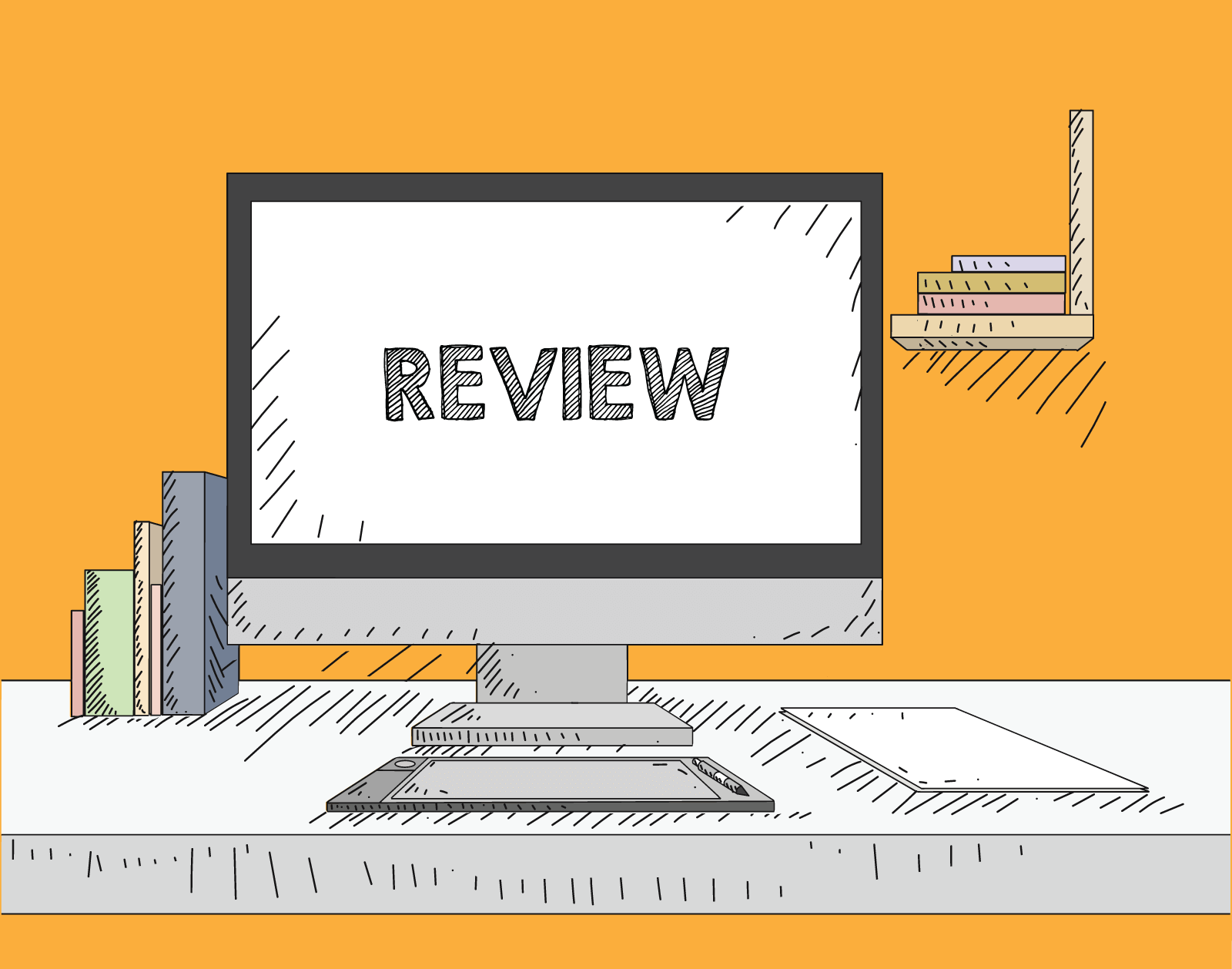April is the month of action as most of the companies are busy doing performance reviews to assess how the team has stacked up against their deliverables. This month stirs up anxiety, and it is common to see disillusioned and disengaged employees after the performance review sessions. The ingredients of a bad performance review are haste, lack of focus, a non-empathic attitude and a mechanical approach to the process. A good performance review obviously calls for a diametrically opposite approach.
Here are few pointers that you can use to make the performance review session useful.
Be prepared in advance
The intention behind a performance appraisal is to have a fruitful discussion based on previous findings. Meaningful preparation for a team member?s annual evaluation includes referring to old emails, memos, and other communications as well as mental notes about his or her performance. This is, in fact, a two-way process. The employee should be asked to complete a self-appraisal against the previously set goals, backing this up with all possible documentation. This reduces potential fireworks and enhances the quality of the discussion.
Set A Positive Tone to reduce anxiety; it?s not a witch-hunting session
A manager should keep in mind that most employees tend to be anxious about their annual performance appraisals, its human as the job is the source of livelihood for many.
Reaffirm that the purpose of the meeting is to help the employee and the organization to benefit simultaneously. The last thing that a manager should do is create an atmosphere wherein, the employee feels trapped or confronted. The best way to begin is by asking the employee to present his or her self-appraisal. The manager should pay careful and courteous attention when the employee narrates important achievements during the year. The Manager should avoid taking phone calls or responding to emails during the session if you don?t pay attention, you are sending a signal that you don?t care about their achievements.
Identify Performance Gaps
After the self-appraisal, the manager can proceed with his or her appraisal of the employee ?s performance. This should focus on whether the employee ?s perceived accomplishments are in line with the performance goals set in the previous year.
The purpose here is to identify gaps between the actual and expected performance. The employees should be made aware of how a particular performance deficit or achievement/goal imbalance impacts the organization. Employees tend to agree if they see how their work fits into the larger picture. The manager needs to watch out for signs of defensiveness or any negative reaction, keep in mind that the objective is not to confront but to find solutions.
The manager should:
- Allow the employee to articulate disagreement
- Not pass judgments or make depreciating personal comments
- Stick to areas that matter
- Use praise as well as criticism
Agree On an Action Plan:
The employee should be allowed to suggest an action plan first. There should be no spoon-feeding from the manager at this stage. The manager should, however, ensure that the plan is smart, doable and addresses the established performance deficits.
Summarize and Set New Goals:
The performance review discussion should lead to the establishment of new goals, or amendments to the previous goals. Again, this is a two-way process which should take into account the employee ?s skills and capabilities. The manager should explain how these goals relate and lead to organizational success, and how business would suffer if the mutually agreed goals are not achieved.
Set A Follow-Up Plan:
Even if the conversation has been tense, the manager should ensure that the final summary includes performance strengths. The final task is to set up monthly meetings for following up on the mutually agreed plan.
Annual performance appraisals have their place as a formal system. They serve as a discussion forum that allows all concerned to examine an employee?s performance over the past year. However, this process must always be balanced and complemented with abundant recognition and real-time feedback throughout the year.
Jappreet Sethi










